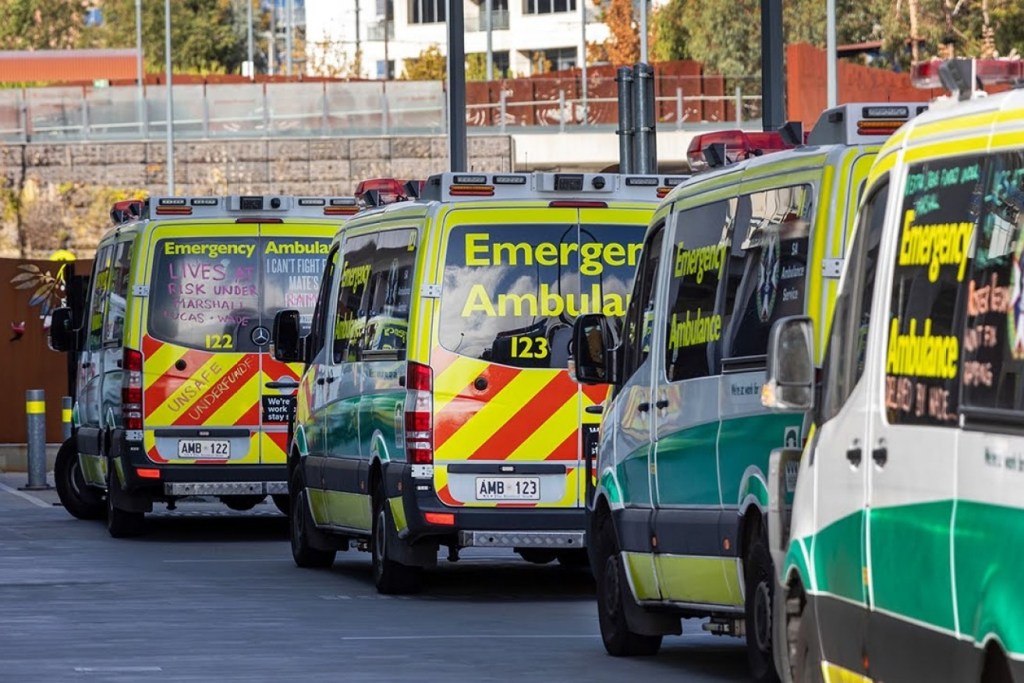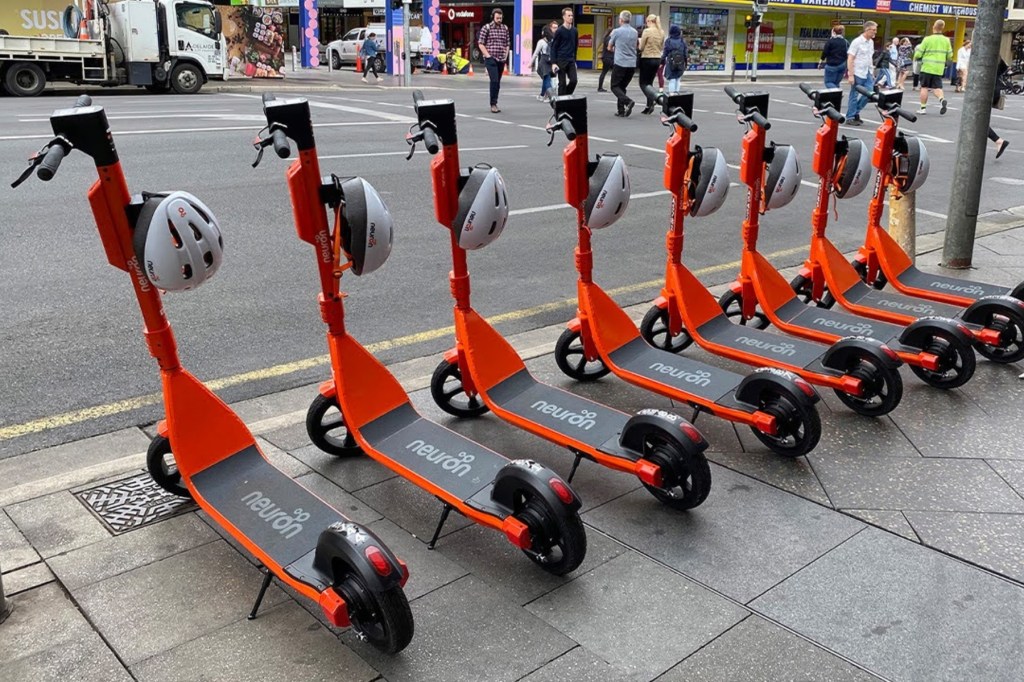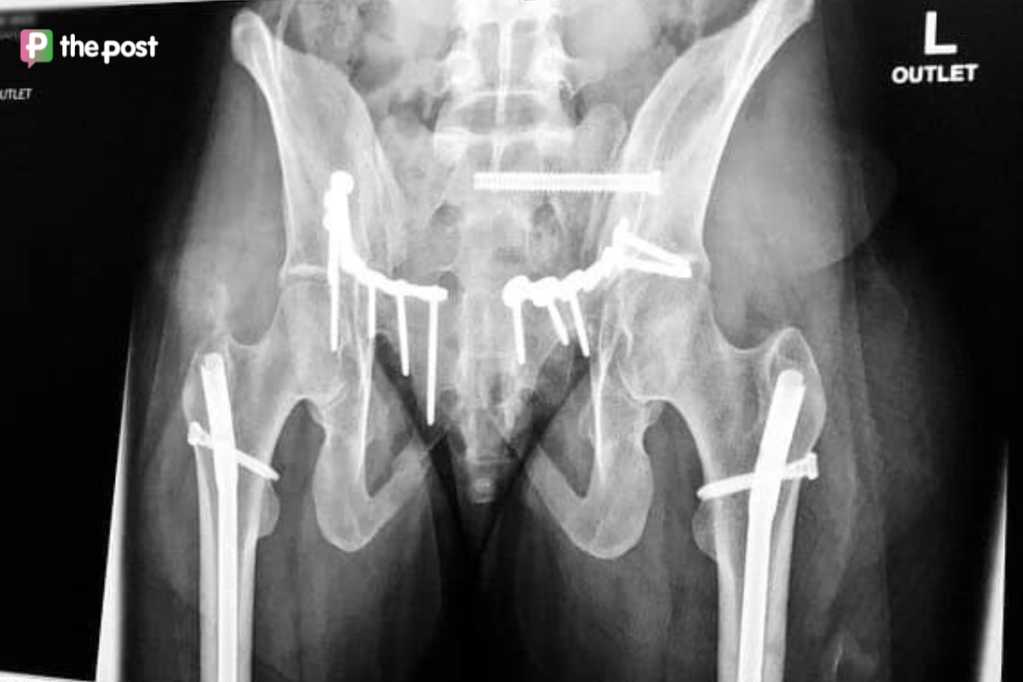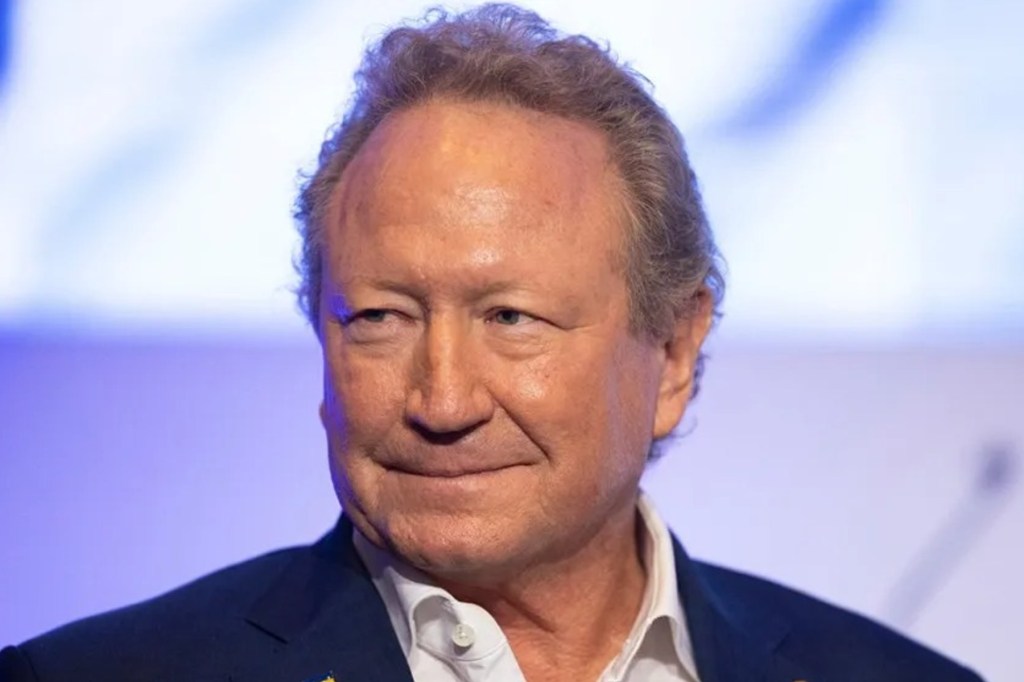Whyalla birthing services reopen after a year
Whyalla Hospital is offering birthing services again – 12 months and one day after they were halted.
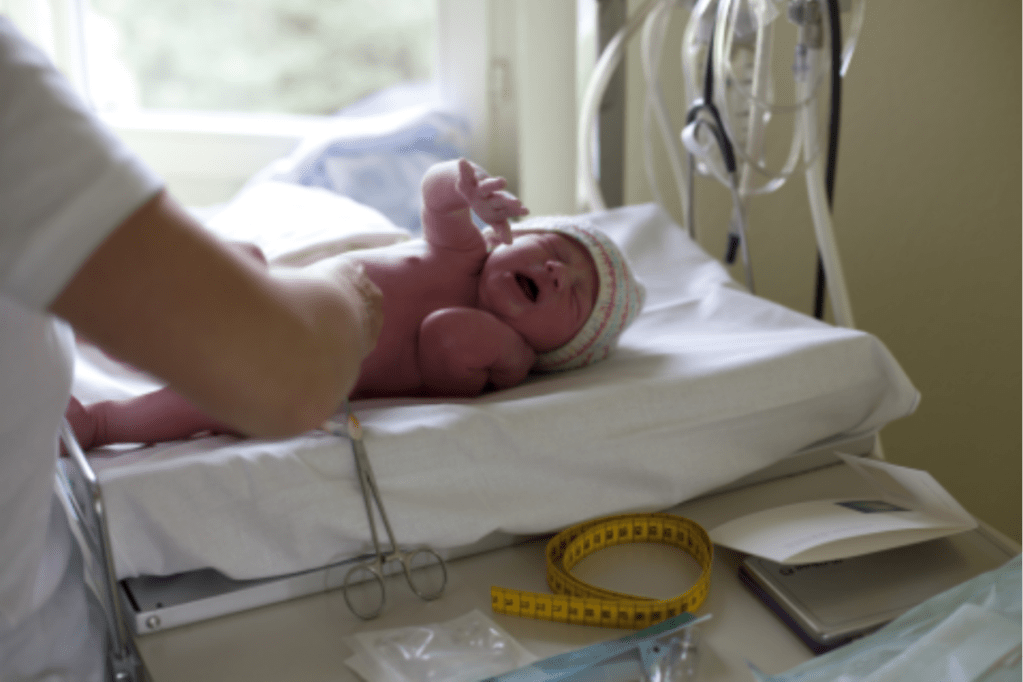
Birthing services in Whyalla were stopped June 26 last year, with the government citing a critical midwifery workforce shortage.
At that time an external reviewer was to examine re-establishing the services “as soon as possible”.
Whyalla’s Woonabie Birthing Unit will now open from July 1, allowing those with low-risk pregnancies at 37 weeks or more of gestation to receive the service.
The new birthing unit contains five beds, two birthing suites and two neonatal spaces, with midwives relocating to the hospital from the United Kingdom in the coming months.
Flinders and Upper North Local Health Network (FUNLHN) acting CEO Angela McLachlan said offering birthing services in Whyalla would “ensure pregnant women have access to high-quality care and where possible be able to birth closer to home”.
You might like
“Access to the modern birthing facilities in Woonabie Unit has been crucial in assisting us to attract staff and has also supported our international recruitment efforts,” McLachlan said.

The Whyalla Hospital will continue offering antenatal and postnatal care. Photo: SA Health
The closest hospital to Whyalla which has offered maternity services in the last 12 months while the birthing unit was closed is in Port Augusta, 77km away.
SA Health conducted a review into Whyalla Hospital’s birthing services, released in September 2023.
Stay informed, daily
The review found the main reason for the closure was midwife attrition due in part to COVID-19 vaccine mandates, fractured relationships between the FUNLHN executive leadership team, middle management and midwifery staff, and a lack of professional midwifery support at Whyalla Hospital.
The review provided eight recommendations, all of which were accepted.
They included the implementation of recruitment strategies, workforce flexibility support, a fully paid nurse to midwife student midwifery model, and the establishment of a rural skills development program.
Health Minister Chris Picton said it was an “important day for Whyalla”.
“We understand this has taken a long time, but we wanted to make sure birthing services could be re-instated in a safe and appropriate way,” Picton said.
“Our government didn’t waste any time in putting steps in place to ensure birthing services could return as quickly as possible.”
The Australian Nursing & Midwifery Federation has been calling for more action to support healthcare in regional South Australia, having launched a petition in April this year calling for increased midwifery services and better incentives for regional nurses.
The petition, which at the time of writing has received 3292 signatures, came after nationwide data released in June 2023 showed a $6.5 billion spending deficit in annual rural healthcare.
This deficit equated to each person living in rural Australia missing out on approximately $850 a year in healthcare access, with the 2024 State of Australia’s Regions report showing the average life expectancy remains lower in regional areas compared to metropolitan.
